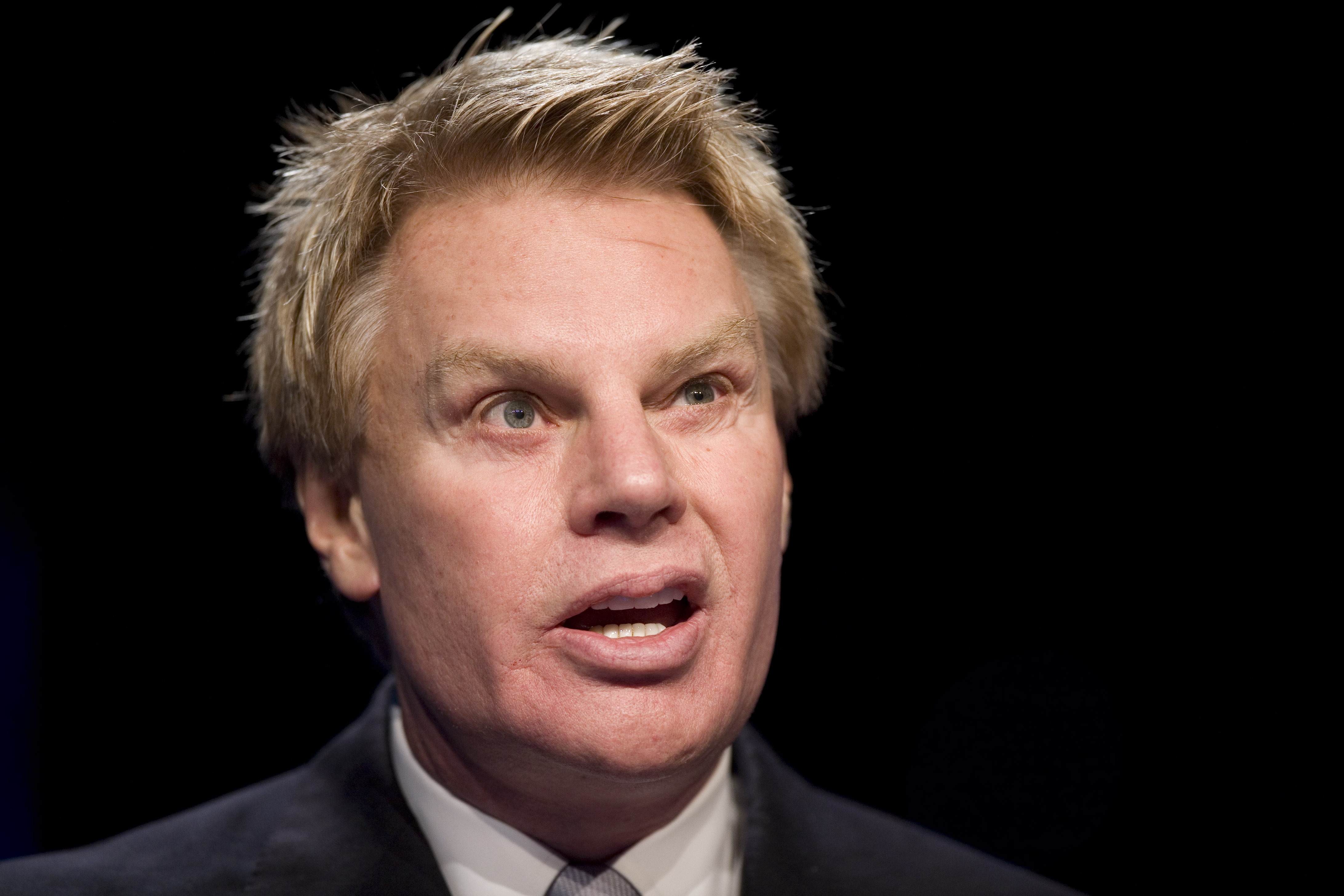Mike Jeffries is a name synonymous with the evolution of American retail fashion, particularly through his transformative role at Abercrombie & Fitch. His innovative approach and controversial marketing strategies not only shaped a brand but also influenced a generation of consumers. This article delves into the life, career, and impact of Mike Jeffries, exploring how he turned Abercrombie & Fitch into a cultural phenomenon.
As we navigate through Mike Jeffries' journey, we will also discuss the lessons learned from his successes and failures in the fashion industry. Whether you are a fashion enthusiast, a business student, or simply curious about influential figures in retail, this article promises to provide valuable insights into the man behind the brand.
Table of Contents
- Biography of Mike Jeffries
- Early Life and Education
- Career Beginnings
- Abercrombie & Fitch: A New Era
- Controversial Marketing Strategies
- Financial Success and Challenges
- Legacy and Impact
- Conclusion
Biography of Mike Jeffries
Mike Jeffries was born on June 15, 1944, in Los Angeles, California. He graduated from the University of California, Los Angeles, with a degree in economics. After completing his education, Jeffries pursued a career in retail, eventually leading him to Abercrombie & Fitch.
| Full Name | Michael Jeffries |
|---|---|
| Date of Birth | June 15, 1944 |
| Education | University of California, Los Angeles (UCLA) |
| Known For | Former CEO of Abercrombie & Fitch |
Early Life and Education
Jeffries grew up in a middle-class family and was exposed to the world of fashion at an early age. His love for clothes and retail was evident, and this passion drove him to pursue a degree that would later help him in his career. His time at UCLA not only equipped him with essential knowledge but also provided him with valuable networking opportunities.
Career Beginnings
Before his landmark role at Abercrombie & Fitch, Mike Jeffries worked with several other retailers. He gained significant experience at the clothing retailer, *Hollister Co.*, where he honed his marketing and retail strategies. His keen understanding of consumer behavior and market trends would later play a pivotal role in his success at Abercrombie & Fitch.
Abercrombie & Fitch: A New Era
In 1992, Jeffries joined Abercrombie & Fitch as the CEO, tasked with reviving the struggling brand. Under his leadership, Abercrombie & Fitch underwent a radical transformation. Jeffries focused on creating a brand identity that resonated with the youth culture, emphasizing a lifestyle that was aspirational and exclusive.
Key Changes Implemented
- Revamping the product line to appeal to a younger audience
- Creating a distinct store atmosphere with dim lighting and loud music
- Utilizing attractive models in marketing campaigns to promote a lifestyle
- Expanding the brand's presence internationally
Controversial Marketing Strategies
Jeffries’ approach to marketing was both innovative and polarizing. He famously stated that Abercrombie & Fitch was “exclusively for cool kids,” which led to significant backlash over accusations of elitism and discrimination. The brand's marketing campaigns often featured images and slogans that sparked debates about body image and inclusivity.
Impact of Marketing on Brand Image
The brand's image, cultivated through provocative ads and exclusive marketing, resonated with many but alienated others. This duality ultimately defined Abercrombie & Fitch under Jeffries’ leadership. The brand became a cultural touchstone of the early 2000s, representing a specific youth culture while also facing scrutiny for its practices.
Financial Success and Challenges
During Jeffries' tenure, Abercrombie & Fitch reached unprecedented financial heights. The brand's revenue soared, making it a dominant player in the retail fashion industry. However, the success was not without its challenges, as changing consumer preferences and increasing competition began to take a toll.
Decline in Popularity
By the mid-2010s, Abercrombie & Fitch struggled to maintain its relevance. Critics pointed to Jeffries’ refusal to adapt the brand's marketing strategies and product offerings to a more inclusive audience. The brand's decline led to changes in leadership and a reevaluation of its business model.
Legacy and Impact
Mike Jeffries' legacy is complex. While he is credited with transforming Abercrombie & Fitch into a powerhouse, his controversial strategies raise questions about the ethics of exclusivity in fashion marketing. The lessons learned from his leadership style underscore the importance of adaptability and inclusivity in today's retail landscape.
Conclusion
In conclusion, Mike Jeffries remains a significant figure in the fashion retail industry. His journey from a young fashion enthusiast to the CEO of Abercrombie & Fitch illustrates the transformative power of innovative thinking and bold marketing. As the industry continues to evolve, the legacy of Jeffries serves as a reminder of the need for brands to remain relevant and inclusive.
We encourage readers to share their thoughts on Mike Jeffries and Abercrombie & Fitch in the comments below. What do you think about his impact on the fashion industry? Share your opinions and feel free to explore other articles on our site for more insights into influential figures in retail.
Thank you for reading, and we hope you return for more engaging content!
How Old Is Victor Montalvo The Break Dancer?
Axl Rose Today: The Evolution Of A Rock Legend
Drew Barrymore Engaged: A Journey Through Love And Life


